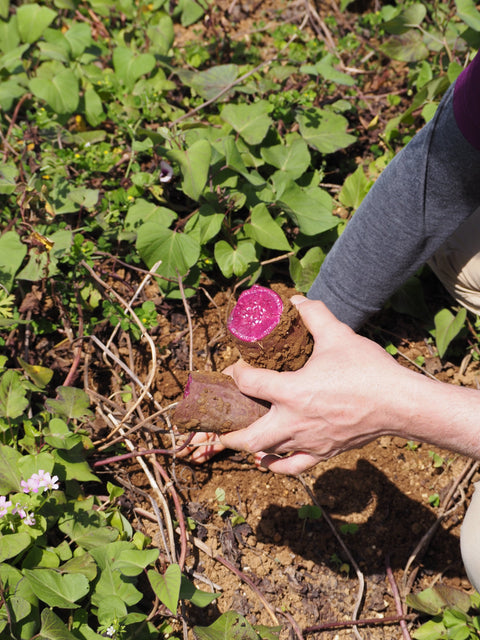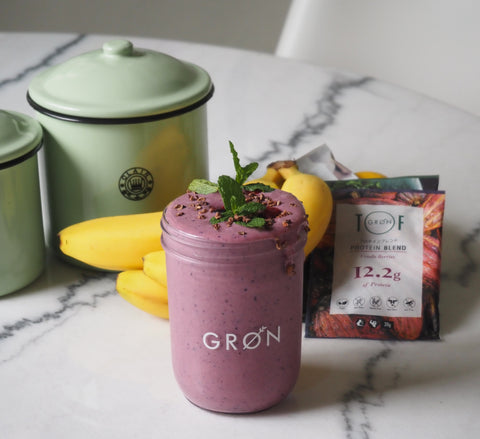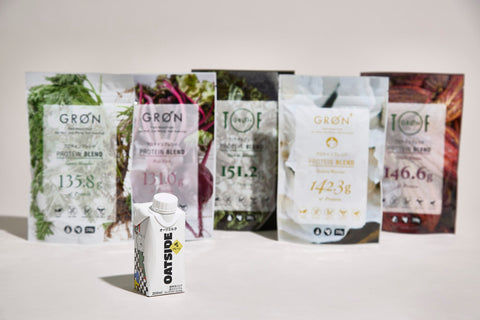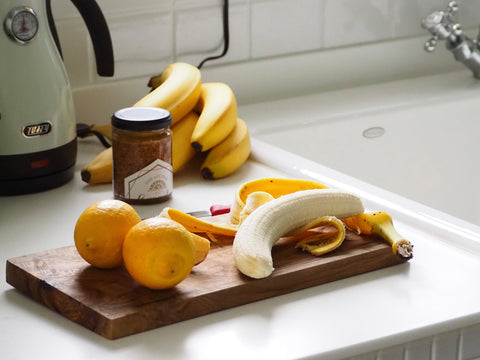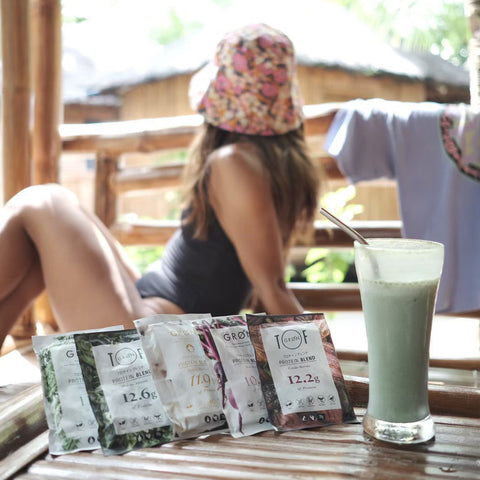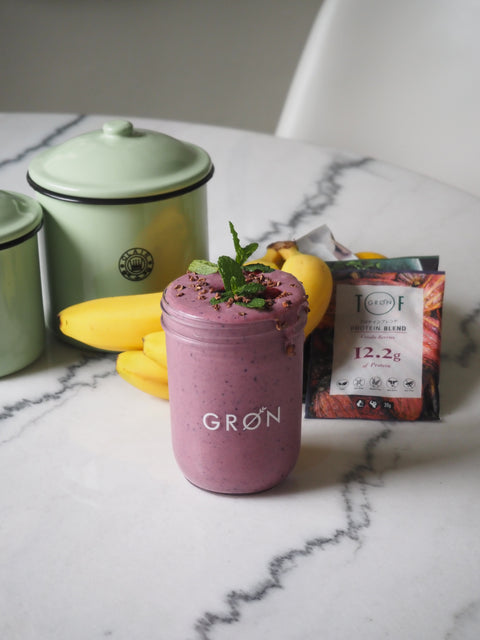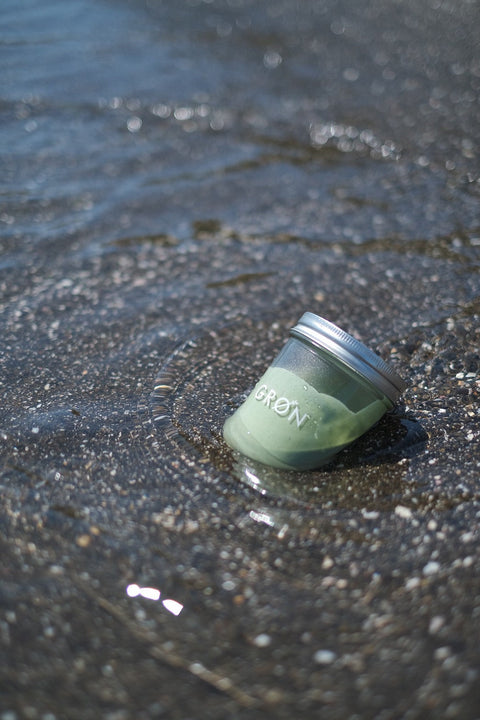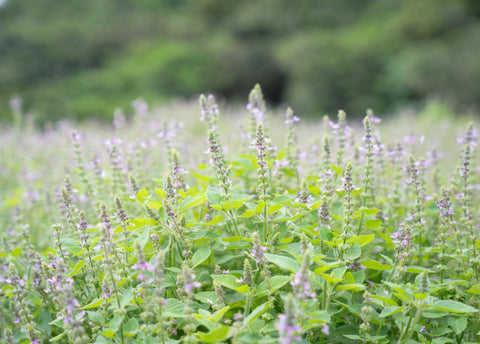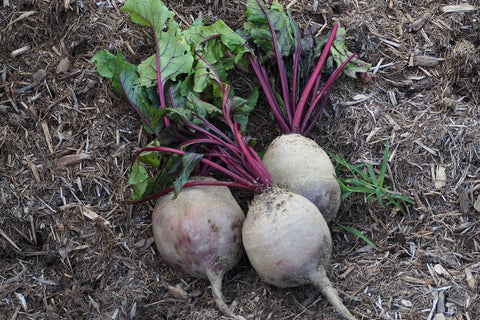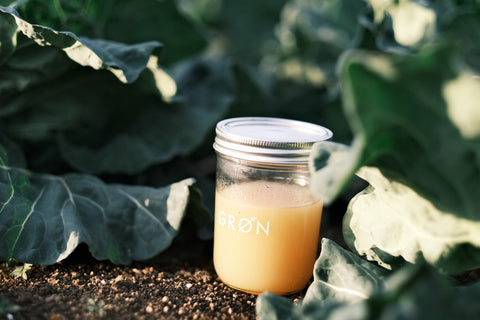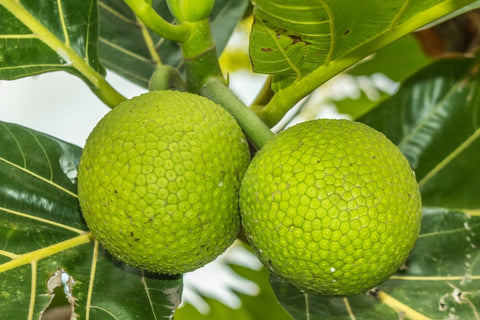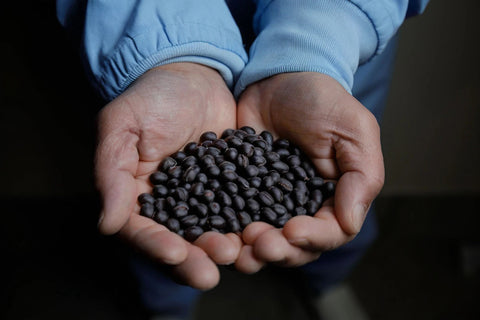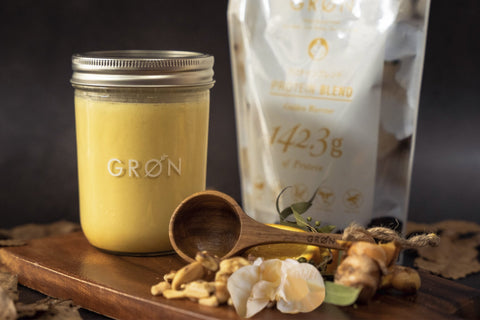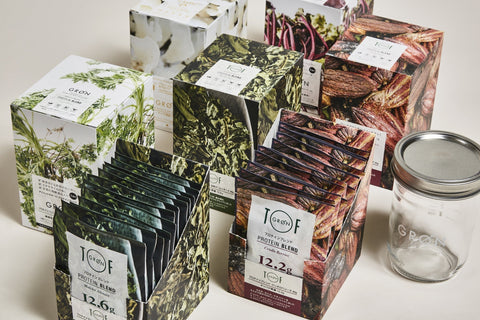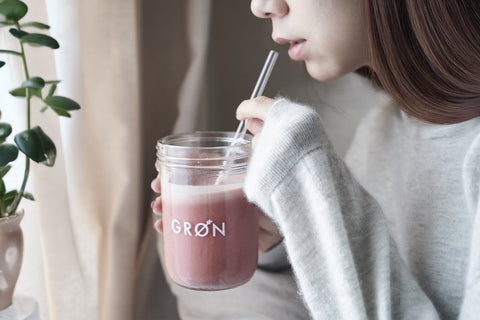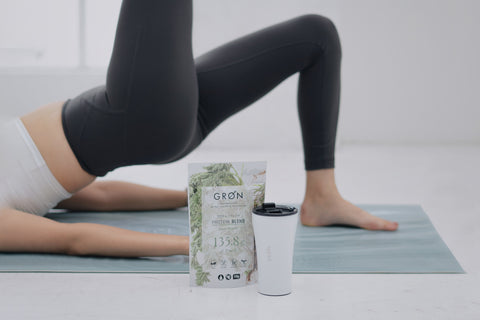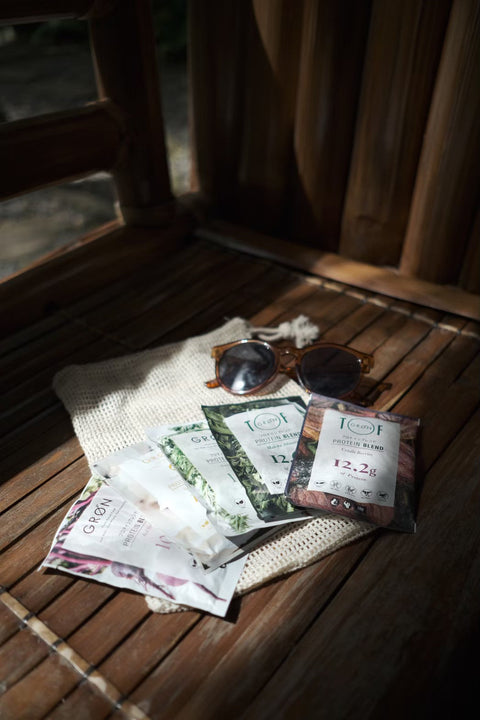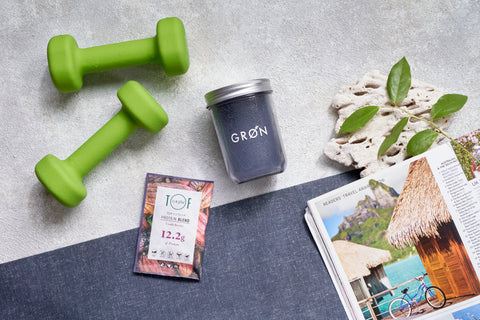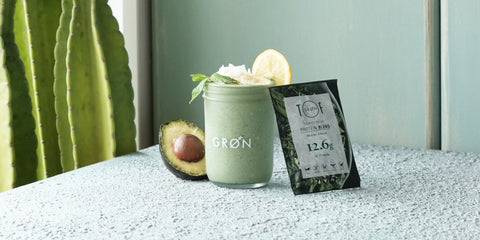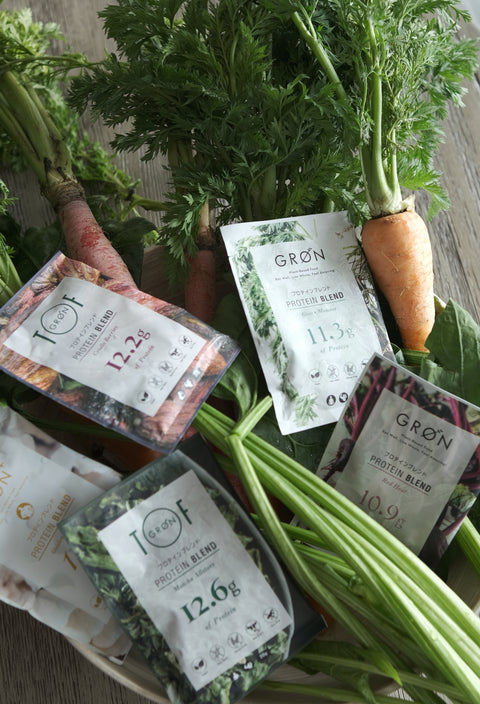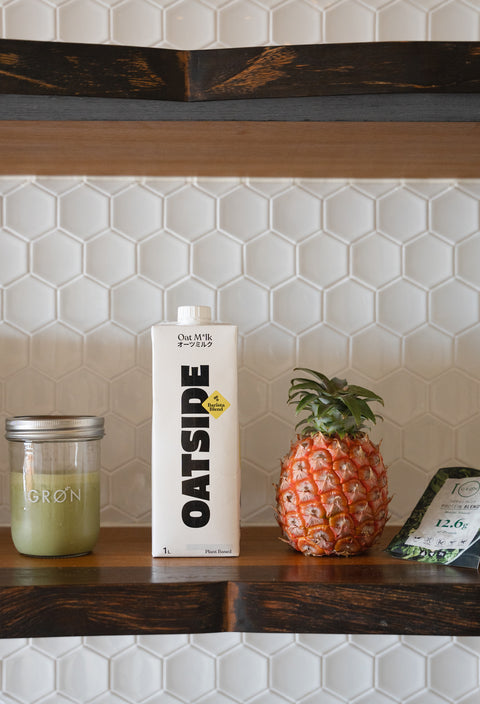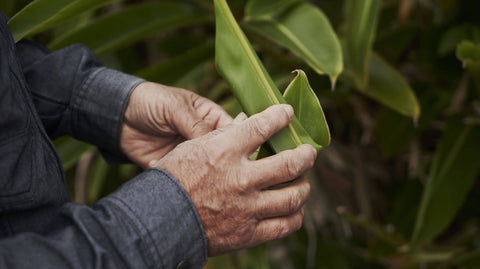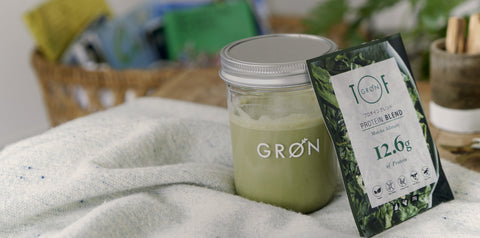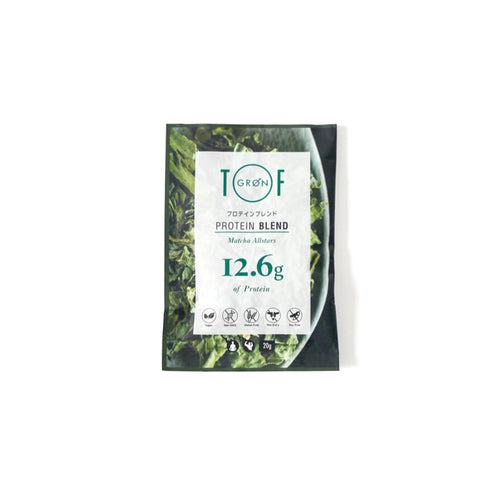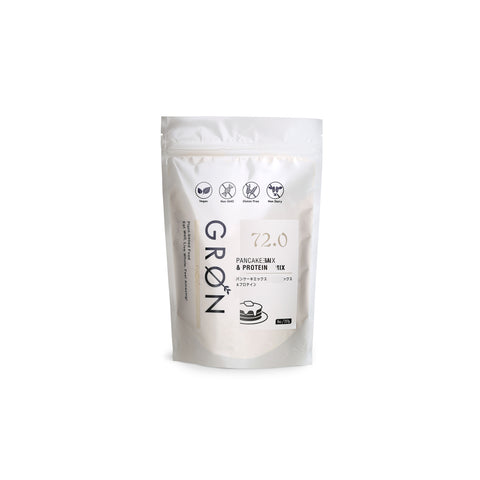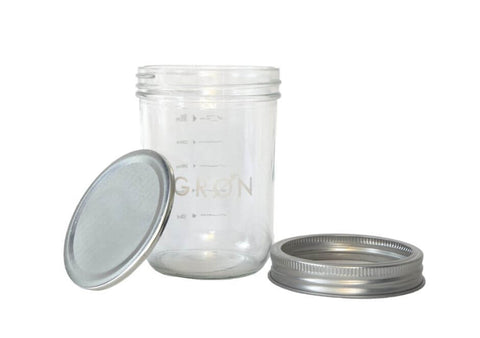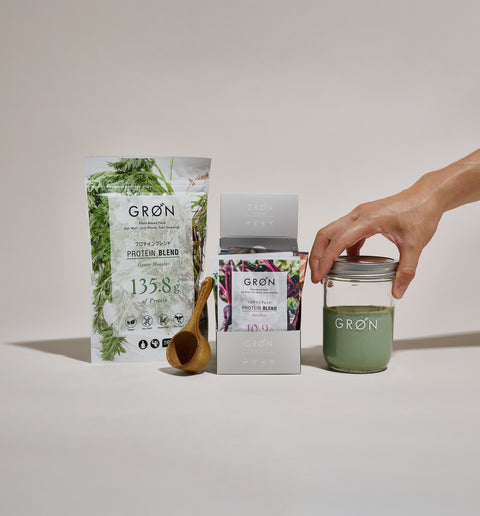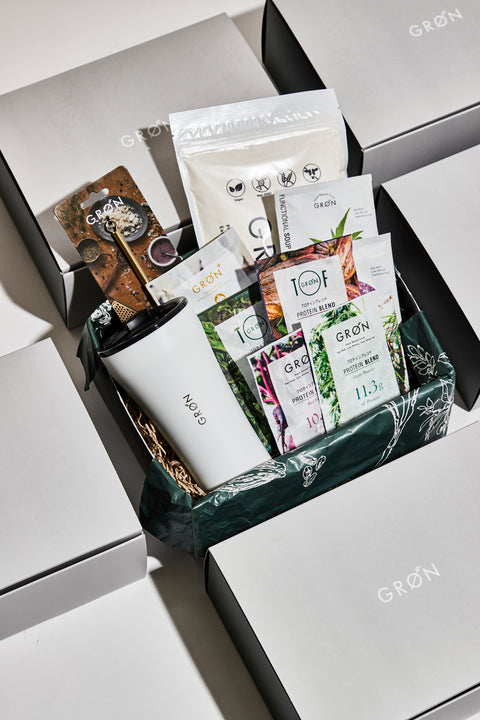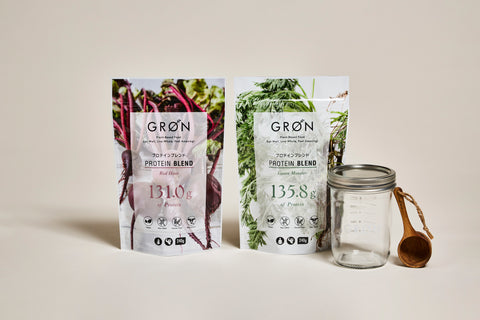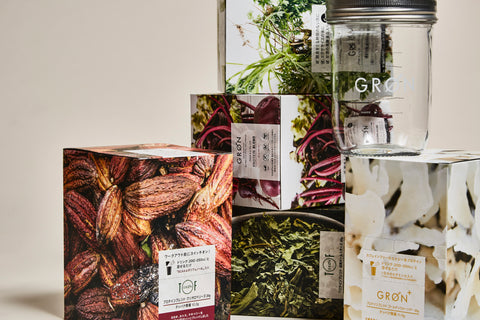Tips for efficiently consuming the nutrients from vegetables - Nutritionist's Column Vol.79
Currently, a variety of vegetables are cultivated in Japan, and according to statistics from the Ministry of Agriculture, Forestry and Fisheries alone, there are approximately 90 types.
Vegetables are rich in vitamins, minerals, and phytochemicals.
However, according to the Ministry of Health, Labor and Welfare's 2019 National Health and Nutrition Survey, the average vegetable intake is 280.5g.
The recommended daily intake of vegetables is 350g, so I am still about 70g short.
By age, the incidence is low among those in their 20s to 40s and high among those 60 and over for both men and women.
The amount of nutrients you can obtain from vegetables varies depending on how they are cooked, but today we'll change our perspective a bit and talk about four points to efficiently obtain the nutrients from vegetables.
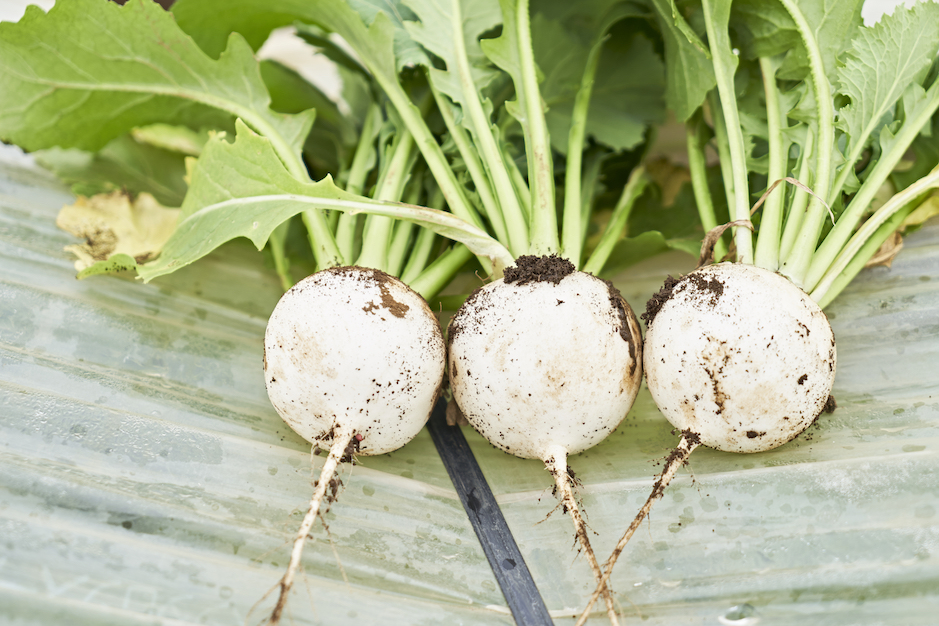
Tip 1: Know when vegetables are in season
In the past, vegetables and other crops were only available when they were in season, so you could tell what was in season by looking at the ingredients on display in stores.
However, in recent years, with improvements in cultivation techniques and distribution systems, such as open-field, greenhouse, and hydroponic cultivation, it is now possible to purchase a wide variety of vegetables all year round anywhere in the country.
On the other hand, it is also true that it has become more difficult to tell when an ingredient is in season.
In season = peak season is when vegetables are at their most delicious and nutritious
"In season" refers to the time when a particular ingredient is fresher and more delicious than at other times.
In-season produce is readily available in the market, so prices are low and it is also known as the "peak season."
In addition, seasonal ingredients are not only delicious but also rich in nutrients.
Eating seasonal foods and your health - Nutritionist's Column Vol.49

For example, vegetables that are in season during the current winter season include Chinese cabbage, spinach, and radish.
These characteristics allow nutrients and sugars to accumulate in the cells to prevent them from freezing in the cold, resulting in many vegetables with high nutritional value and sugar content.
Spinach, in particular, is a crop that thrives in cold weather.
It has the characteristic of not growing well in hot climates and being difficult to cultivate in the summer, but in recent years, varieties that are adapted to the heat have been developed and cultivation techniques have improved, making it possible to grow it year-round.
However, when comparing the vitamin C content of spinach harvested in summer and winter, research has shown that winter-harvested spinach has more than three times the vitamin C content.
As you can see, even the same vegetable can have a big difference in the nutrients you get just by eating it in season.
Also, the quality (hard, soft, sweet, etc.) and season vary depending on the place of origin, so it's a good idea to ask at your greengrocer or gather information online.
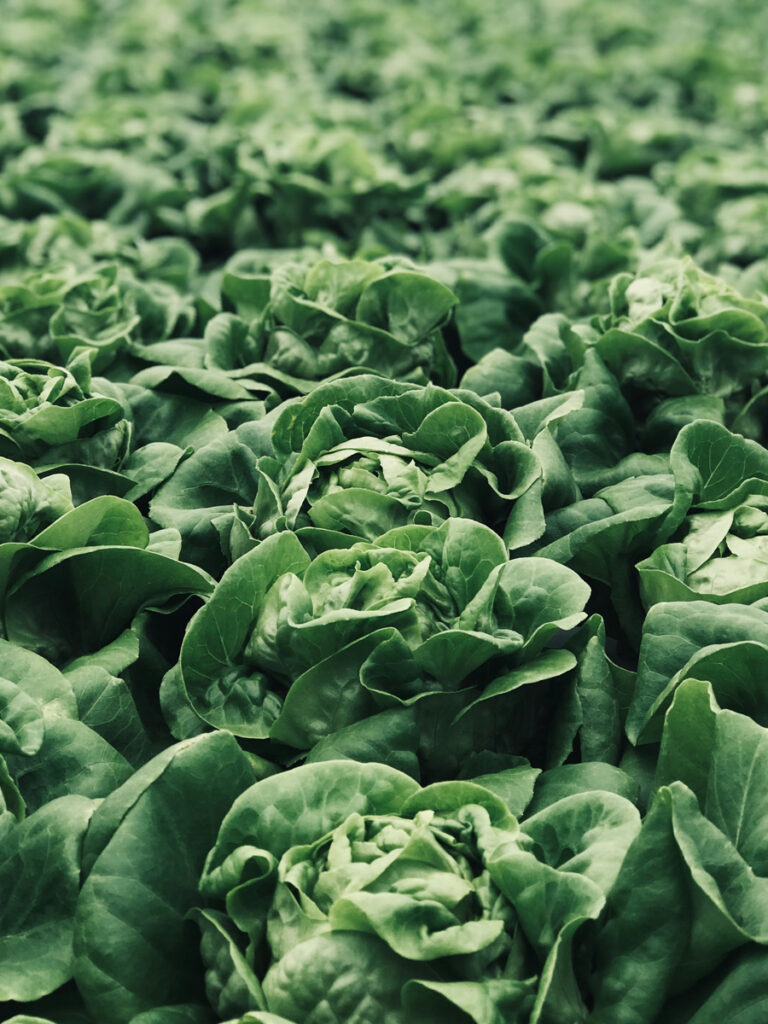
Tip 2: Choose fresh vegetables
To ensure you get the full nutritional value from vegetables, it's important to choose fresh ones.
Vegetables that have lost their freshness not only lose their flavor, but also their nutrients.
The reason why vegetables lose freshness is that they continue to breathe after being harvested, and over time they break down nutrients such as sugar and vitamin C, and the water content evaporates.
In addition, plants release a hormone called ethylene, which is particularly abundant in fruits, which promotes respiration and accelerates the deterioration of the plant.
If it is difficult to consume it while it is fresh, we recommend freezing it.
Freezing itself rarely causes any loss of nutritional value, but it is a good idea to choose ingredients that will lose little nutritional value when frozen or processed, and to freeze them while they are as fresh as possible.
*Vegetables that are not suitable for freezing <br data-mce-fragment="1">Vegetables with a high water content such as lettuce and cucumbers, potatoes (can be frozen after boiling and mashing), etc.

Tip 3: Cook for yourself even if it takes time
I think many people choose to buy pre-cut vegetables or convenience store salads when they are busy or want to easily make up for a lack of vegetables during lunch.
This is convenient as it eliminates the need to cut and wash vegetables, but commercially available cut vegetables are sterilized and washed many times during the manufacturing process, which means that 20 to 40 percent of the water-soluble vitamins are lost.
When you wash vegetables at home, some vitamins will be lost, but commercially available cut vegetables and salads may lose even more nutrients.
In addition, most vegetable salads sold at convenience stores and other stores are labeled as free of synthetic colorings and preservatives, but some actually contain additives to prevent discoloration of the cut surfaces of the vegetables or to give the vegetables a crunchy texture.
There are rules that mean these additives do not have to be listed on labels, so in most cases we don't know about them.
All additives used in products manufactured domestically meet safety standards and are not considered to be dangerous, but for those who want to avoid additives as much as possible, cutting them up yourself is a safe and nutritious option, even if it takes a little effort.

Tip 4: Pay attention to how vegetables are grown
When choosing vegetables, it's a good idea to consider the environment in which they were grown.
It seems that it is not possible to say that the nutritional value of vegetables changes significantly depending on the cultivation method.
Although organic farming has shown some positive results, quality varies depending on the variety grown and the soil conditions.
However, we need to be aware that currently more than half of the farmers in Japan practice conventional farming methods using pesticides and chemical fertilizers.
Although safety standards have been established for the pesticides and fertilizers used in conventional farming, health concerns remain.

*A typical cultivation method that is widely known in general
Conventional Cultivation▼
A common cultivation method that uses synthetic chemical pesticides, chemical fertilizers, and synthetic chemical soil conditioners as needed.
Special cultivation▼
Produced in accordance with the "Labeling Guidelines for Specially Grown Agricultural Products" established by the Ministry of Agriculture, Forestry and Fisheries, the nitrogen content of chemical synthetic pesticides and chemical fertilizers is reduced to less than 50% of conventional levels.
Organically grown▼
Agricultural production that reduces the burden on the environment as much as possible, based on the principle of not using chemical fertilizers or pesticides and not utilizing genetic engineering technology.
In Japan, there are organic standards set by the Japanese Agricultural Standards (JAS), and unless agricultural products comply with these standards, they cannot be labeled as "organic," no matter how much they are grown without the use of chemical fertilizers or pesticides.
Recently, there are also farmers who practice "natural farming," which does not use any fertilizers or pesticides and instead emphasizes and respects the soil's natural ability to nurture plants.
The purpose of natural cultivation is to harness the life force of nature, bring out its natural forces of abundance, and achieve sustainable production.
In recent years, as calls for food safety have grown louder, the shift to environmentally friendly agriculture has become widely recognized as a positive move and is beginning to attract attention in society.

It is said that the nutritional value of vegetables, such as minerals and vitamins, has decreased significantly compared to 50 years ago.
It is difficult to generalize, as analytical methods have changed since the past and varieties have been improved, but one of the factors is said to be a decline in soil fertility.
In order for vegetables to absorb minerals from the soil, it is said that it is best to use high-quality compost and have soil that promotes the proliferation of diverse microorganisms.
The reason for this is that vegetables cannot absorb minerals from the soil on their own, and can only do so through a symbiotic relationship with soil bacteria.
*Fertilizer for growing crops
Organic fertilizer▼
Fertilizers made from plant or animal sources.
Microorganisms break down the material and turn it into nutrients that plants can absorb, and soil bacteria produce a variety of minerals and vitamins.
Chemical fertilizers▼
Fertilizer made by chemically synthesizing fossil fuels and mineral resources.
It dissolves easily in water and provides nutrients to vegetables in a short period of time, resulting in a large yield. However, it cannot improve the soil.

To efficiently absorb the nutrients from vegetables, you need to be able to select your vegetables carefully before cooking.
Even in supermarkets, the farmers' names and photos are printed on the packaging, giving us more opportunities to find out who is growing the vegetables.
We live in an age where we can actively use the internet to find out information about seasonal produce and producers, and buy vegetables directly from trusted farmers.
Buy the freshest vegetables possible to enjoy the full power of vegetables.
At GRØN, we meet producers directly to talk to them and observe the growing process of the crops before procuring our raw materials.
——————————————————
Nutritionist, Food Education Instructor, Food 6th Industrialization Producer Level 4
Ayako Ishihara
A nutritional advisor in the healthcare field and an agribusiness professional.
She is involved in a variety of activities specializing in the fields of beauty and health, including giving lectures to Miss World Japan candidates.
With the philosophy of "enriching the mind and body through food and realizing a vibrant society where people and communities are connected," he founded i-Field Co., Ltd. in 2013 and serves as its representative.
He is a core member of the food team for "DINING OUT," which opens outdoor restaurants in various regions, and also participates in fashion brand projects.
She is also involved in the promotion of local ingredients, product development and production specializing in "health" and "beauty," branding, concept design, food hygiene, sales promotion, training planning and management, etc. She is in charge of nutritional supervision for GRØN's product development, proposing ways to incorporate them more effectively into consumer health.
——————————————————







